My Annual ‘Trip of Triumph’
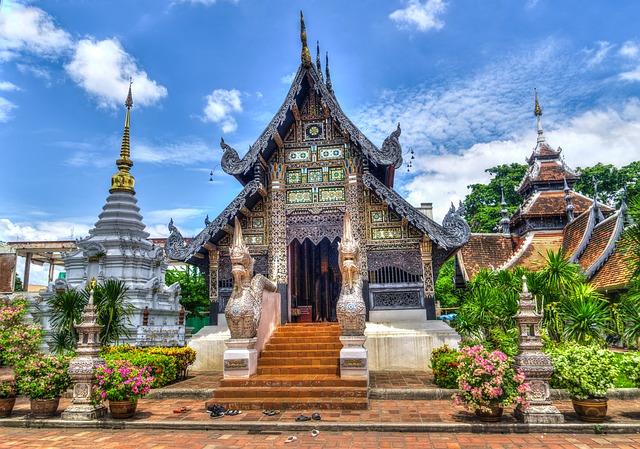
There’s no better way for me to remember to appreciate my blessings than to travel, and to begin to understand how the other half of the world gets by. Nearly eight years ago, I survived brain surgery that lasted close to twelve hours. I had a bleeding tumor on my brain stem—the region of our brains that controls the central nervous system and functions essential to life. Breathing. Heartbeat. Consciousness. My prognosis was grim. If I survived, my surgeon braced my family by advising them to look into nursing homes. I was forty.
By the grace of God and my family’s support, and in the hands of a renowned, compassionate surgeon, I prevailed—miraculously—with only one or two small deficits.
To remind myself of where I was, where I could have landed, and what remains to be seen in this world, I mark every anniversary of my survival with a trip that inspires in me, again, a sense of wonder. Of thanksgiving. I call each destination a trip of triumph.
I’m working on a memoir and recently started filling pages with anecdotes from my trips of triumph. Here’s one from Thailand and Cambodia.
To remind myself of where I was, where I could have landed, and what remains to be seen in this world, I mark every anniversary of my survival with a trip that inspires in me, again, a sense of wonder.
Before meeting up with a small tour group headed to an elephant camp in the hills of Thailand, I spent several days on my own in Bangkok. A few weeks before my departure I searched for interesting day trips I could go on until I needed to meet my group. I found one for a Bengal tiger camp operated by Buddhist monks. On my second morning in Bangkok, I was picked up at 4:45 in my hotel lobby to head out for a dawn breakfast with the monks.
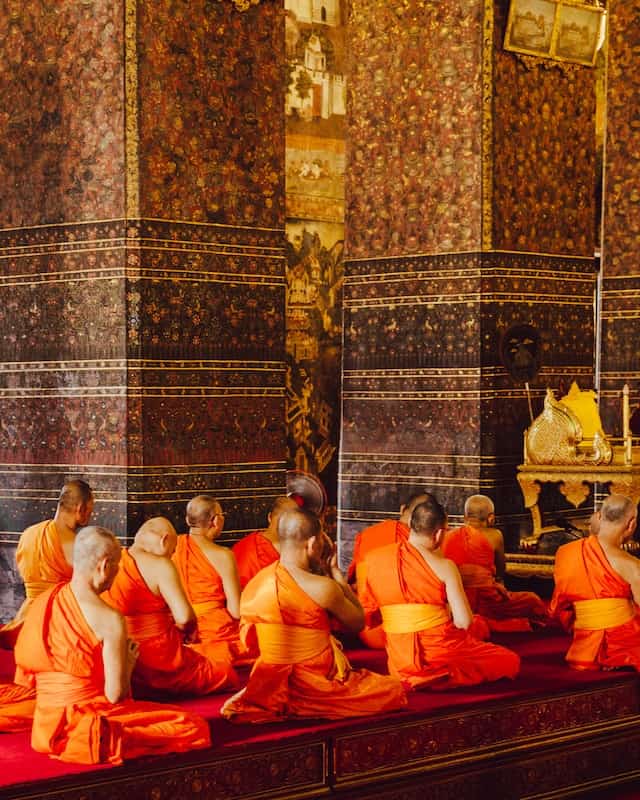
The itinerary advised bringing breakfast offerings. When I climbed into the van, my local driver—he told me to call him Uncle rather than attempt his multi-syllabic name—reviewed my stash of fruit and bread, then clucked his tongue.
“No sweets?” he asked. “Good to offer sweets. No sugar from ladies, so they get from food.” Uncle winked at me.
We stopped at a roadside convenience store so I could load up on yellow sponge cakes with frosting. Uncle nodded his approval.
We arrived at the tiger camp at daybreak. Fifteen visitors stood alongside me at a long table, waiting for the monks. We received a primer on how to offer our breakfast items. When the monks passed us with their alms bowls we were to use both hands, palms up, to extend and slide the food into their bowls. We were to be careful not to touch the bowl or their hands. After sliding the food, we were to bow our heads and bring our hands to our eyebrows, in prayer.
The enormity… the incredible and intricate details carved into rock. It was a thousand-year-old window into Cambodia’s soul.
After the alms ceremony we followed the monks into the temple, climbing worn stone steps. One monk pointed to a fist-sized tarantula crouched in a stair corner. I stifled an urge to screech. An incredible sight waited for us when we rounded a corner. More than a dozen tigers were stretched out on a marble floor, ringing the temple railings. It was like a set from an exotic movie: the monks’ saffron robes, the smooth marble floor and turned railings, the tigers’ striped tawny coats and majestic heads. No zoo bars. Full access. In a word: Amazing.
I was excited, nervous, awed—some of the adults weighed 500 pounds. We signed waivers. We were told to always keep the tigers in front of us as we walked among them in the temple, and later down a path to a canyon.
“Their instinct is predatory, so if you walk in front of them, they think you’re a meal,” an Aussie staff leader who worked with the monks warned us.
I bottle-fed cubs. I was given my own “teenager” cat to walk on a leash. We trotted into a canyon, where staff members squirted liquid soap on our tiger collection. I lathered mine up and hosed him down good!
We helped exercise adult cats in the canyon, holding long sticks with plastic bags tied at the end, in a game of cat-and-mouse. Our Aussie ringleader shouted encouragement: “Don’t be shy; shake those sticks! Keep your back to the wall and pretend it’s your tabby at home. Once in a lifetime experience! Grab it and go with it!”
I treasure my trips for the diversity, the lessons, the beauty—both people and place.
After leaving Thailand, I flew to Cambodia and met my friends, Kim and Sharon. We hired a car and guide to explore this country’s celebrated, beautiful, and spiritual history … as well as its darker past.
We toured Angkor Wat. Stone temples and massive carved faces and animals towered hundreds of feet above us, defying comprehension. How were they built? The enormity… the incredible and intricate details carved into rock. It was a thousand-year-old window into Cambodia’s soul.
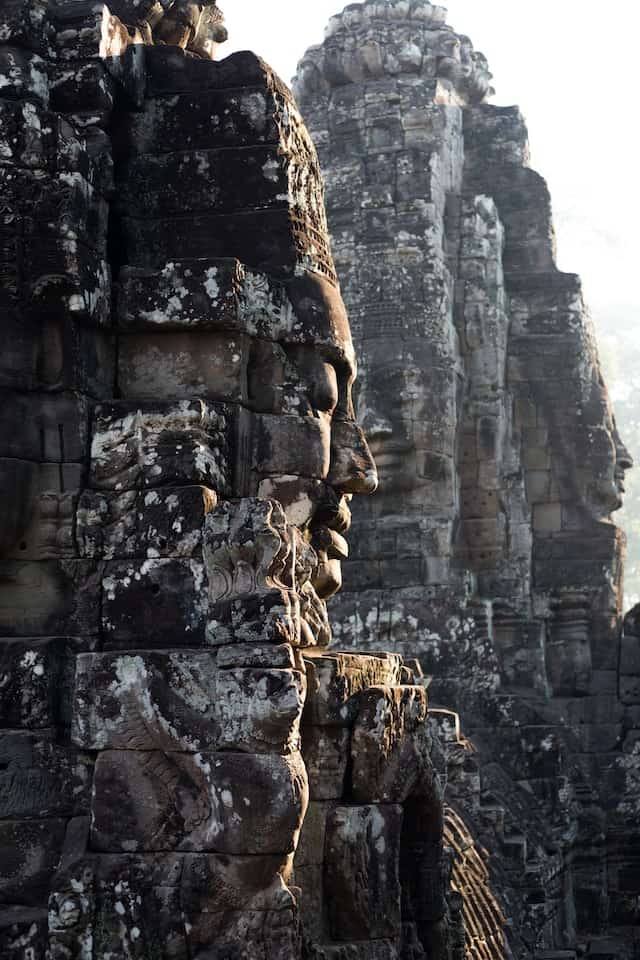
We traveled south to the capital, Phnom Penh. We saw the Killing Fields, the site of the 1970s Khmer Rouge genocide. Just as Angkor Wat celebrates the spiritual side of Cambodia, the Killing Fields document death and remind us of man’s inhumanity to man. From 1975 to 1979, Commander Pol Pot and his Khmer Rouge soldiers systematically killed almost two million Cambodians, the equivalent of twenty-percent of the population at the time.
I met a survivor from the Killing Fields, now in his eighties. He signed his memoir for me that describes his torture at the hands of a maniac’s regime. As an aspiring memoirist, I devour a lot of memoirs. His was heartbreaking.
On my last day in Cambodia, after Kim and Sharon caught a flight home, I hired a tuk-tuk driver to take me through Phnom Penh’s streets one final time. He drove me to an area where landmine victims live in crowded buildings. Their neighborhood formed an artist’s co-op, where survivors weave scarves, carve wooden pieces, and paint oil scenes to support themselves.
The co-op manager, who lost his arm in a blast, showed me around their sewing room and into the woodworking shop. Artists with amputated legs rolled past me in wheelchairs. The United Nations asserts that Cambodia is the third most land-mined country in the world, behind Afghanistan and Angola.
I treasure my trips for the diversity, the lessons, the beauty—both people and place. Each shows me a new way of looking at things. A new way of understanding—of appreciating—what I have.
Photo for My Annual ‘Trip of Triumph’: Thailand and Cambodia by Pixabay and Unsplash.

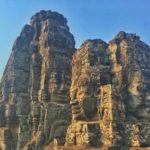

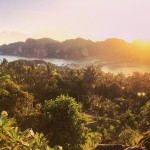

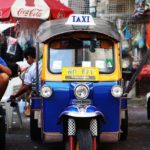
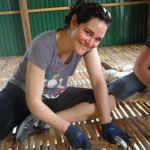
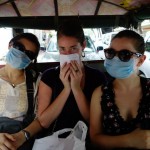
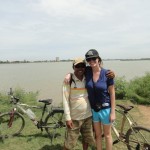
This is a beautiful story. Thanks for sharing it and, please, continue sharing your inspiring travels!